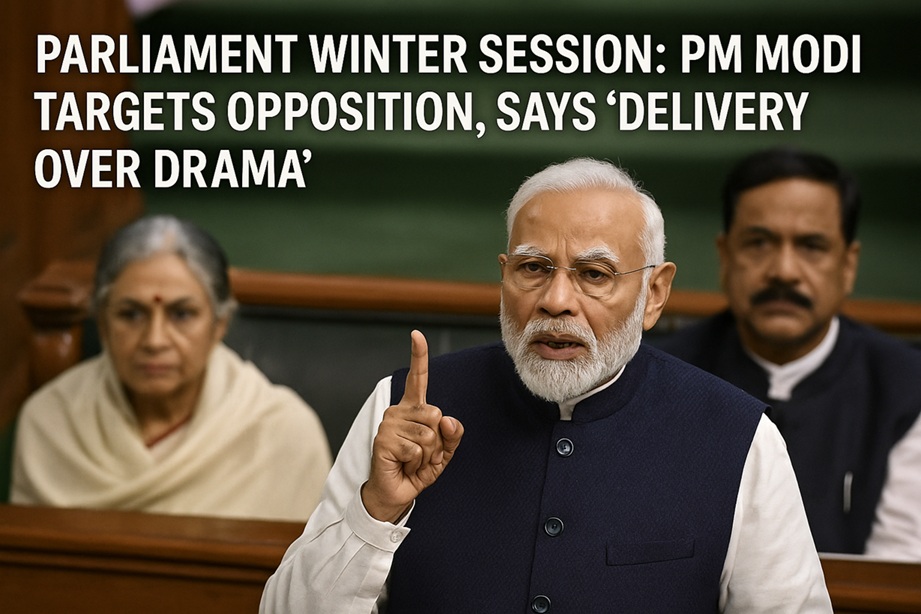After Operation Sindoor, a tense ceasefire has taken hold between India and Pakistan. Yet, a storm is brewing on social media and in certain international circles. Claims have emerged that the Indian Air Force targeted and damaged a Pakistani nuclear facility located in the Kirana Hills region near Sargodha. The alleged strike, according to reports, caused a radiation leak, prompting emergency deployment of the U.S. B350 AMS aircraft—known for monitoring nuclear accidents.
Indian military officials have categorically denied these allegations during a press conference held on Monday. Yet, the rumors persist. In fact, they are gaining traction—fueled by eyewitness accounts, social media videos, and ambiguous diplomatic signals.
Pakistan’s Nuclear Pride Under Threat?
For decades, Pakistan’s nuclear arsenal has been central to its strategic posture and regional deterrence. It was a symbol of pride and a tool of international pressure—especially towards India. But that narrative now appears to be unraveling.
Following the April 22 terror attack in Pulwama, India launched a retaliatory operation. Unlike previous responses involving conventional airstrikes or cross-border fire, this time the impact appears deeper—psychologically and strategically. Pakistan, it seems, did not anticipate a response that might pierce the heart of its nuclear deterrence doctrine.
The Kirana Hills Mystery
Kirana Hills, located near Mushaf Air Base in Sargodha, has long been suspected as a key site in Pakistan’s nuclear infrastructure. Satellite images and defense analysts have repeatedly pointed to structures embedded in the hills—believed to house sensitive weapon stockpiles.
Soon after the Indian strikes, local Pakistani villagers posted videos suggesting large-scale evacuations around Kirana Hills. Eyewitnesses claim entire settlements were cleared out forcibly. In some cases, messages from Pakistanis abroad, especially from London, warned families back home not to drink tap water or consume open food—citing fears of radiation contamination.
The Pakistani government, meanwhile, has maintained radio silence. No official denial, no confirmation—just a vacuum filled by speculation, circumstantial evidence, and a trail of questions.
Decoding the Signals
International analysts and defense experts are taking note. One of the most revealing developments was the reported appearance of the U.S. B350 AMS aircraft in Pakistani airspace—particularly around the suspected nuclear zone. The B350 AMS is specifically deployed in scenarios involving nuclear accidents, radiation leaks, or covert weapons tests. Its tracked flight path near Kirana Hills was confirmed on open-source radar platforms.
Moreover, when Indian officials were asked about the alleged strike during the press conference, their cryptic responses raised eyebrows. A senior defense spokesperson responded with a smirk: “Thank you for informing us that Pakistan’s nuclear weapons are in Kirana Hills.” The underlying message was clear—India is well aware of Pakistan’s strategic assets and monitors them constantly through ISRO’s advanced satellite systems.
Diplomatic Footprints: Why the Ceasefire?
Analysts argue that the abrupt halt in hostilities wasn’t coincidental. U.S. Senator JD Vance, previously neutral on the South Asian standoff, suddenly claimed credit for “saving millions of lives.” The only scenario where millions of lives are at risk? A nuclear escalation.
Speculation grew when The New York Times and Eurasian Times—both respected publications—reported that India may have indeed struck a nuclear site. The Eurasian Times cited defense analysts who confirmed that the U.S. nuclear surveillance plane had flown directly over the site, indicating a likely radiation emergency.
Adding fuel to the fire, Indian Prime Minister Narendra Modi made veiled references in public speeches: “Some deserts, some hills—nothing is beyond our reach.” It was a chilling signal, interpreted by many as a direct warning to Pakistan’s nuclear installations.
Why Pakistan Went Silent
According to sources, Pakistan realized the grave implications of escalation. Any further provocation could have triggered an all-out response from India—this time aimed squarely at strategic targets. With BrahMos missiles capable of precision strikes, and Pakistan’s air defenses reportedly compromised, Islamabad’s leadership knew the consequences of further escalation could be catastrophic.
As the narrative goes, Pakistan turned to Washington, pleading for intervention to de-escalate the crisis. It was a rare public retreat from its long-standing posture of nuclear blackmail.
A Shift in Doctrine?
What’s unfolding may mark a turning point in South Asian geopolitics. For the first time, India appears to have directly challenged Pakistan’s nuclear bluff—not just rhetorically, but possibly on the battlefield.
While Indian officials continue to deny any attack on nuclear assets, their confident tone and lack of outright rebuttals suggest something deeper. The combination of military action, psychological pressure, and diplomatic maneuvering has left Pakistan exposed.
The End of Nuclear Blackmail?
In recent weeks, there has been no aggressive posturing from Pakistan. Prime Minister Modi, on the other hand, continues to assertively call for the evacuation of Pakistan-occupied Kashmir (PoK), reinforcing India’s strategic momentum.
What was once a nation confident in its ability to deter India through nuclear threats now finds itself scrambling for cover—literally and figuratively. Villages evacuated, silence from Islamabad, foreign planes monitoring radiation, and a conspicuous lack of resistance—all point to one conclusion:
The era of Pakistan’s nuclear blackmail may be over.
India has sent a message—not just to Islamabad, but to the world: provocation will not be met with patience. And if reports are accurate, India’s covert but precise strike on Kirana Hills may have redefined the rules of engagement in the region.
#US #NuclearLeak #indiapakistanwar #donaldtrump #asimmunir #shehbazsharif #nucleartensions #nukesites #operationsindoor #india #Pakistan #indiapakistantension #IndiaPakistan #NuclearWar #indianarmy #dgmo #Indiannavy #indianairforce #internationalnew





